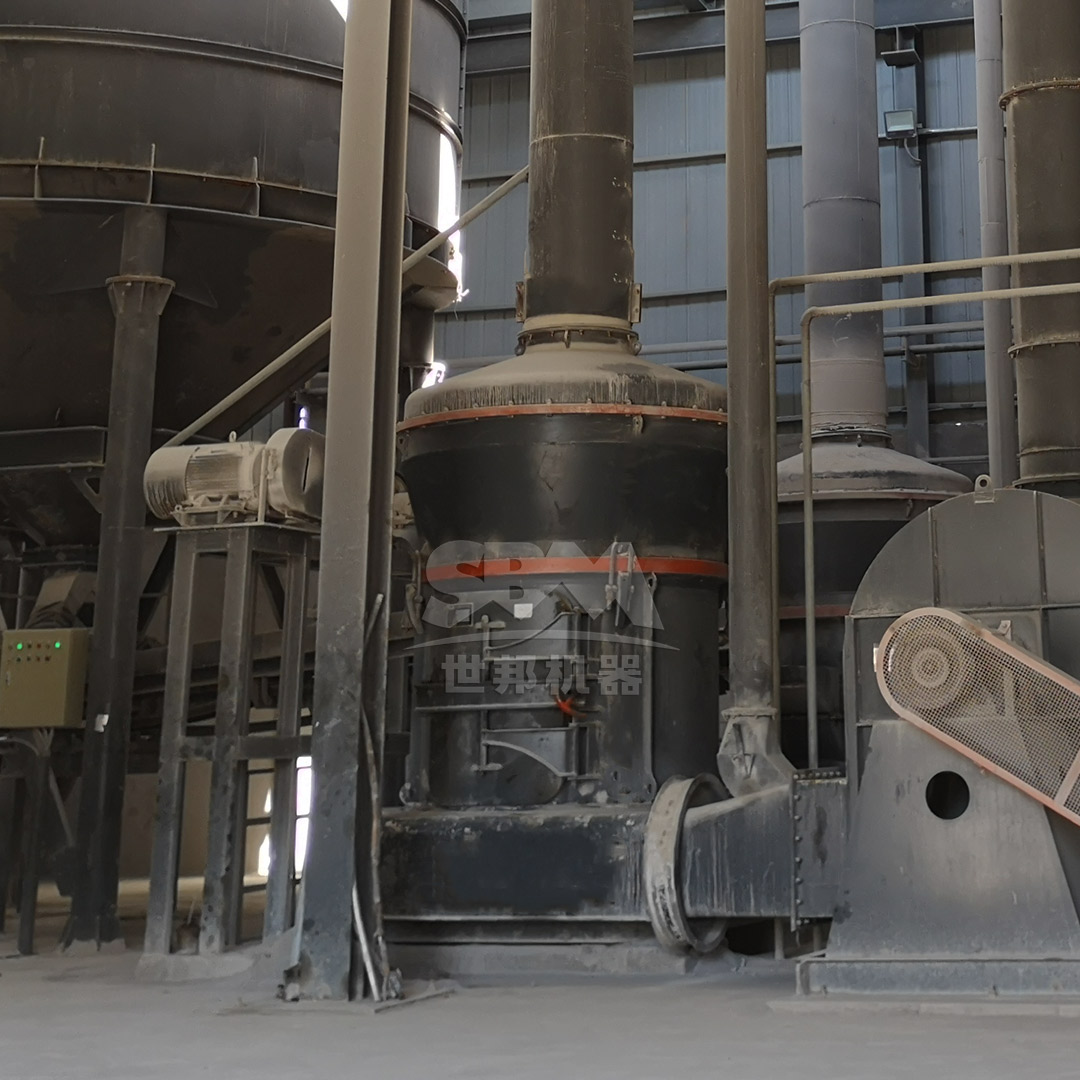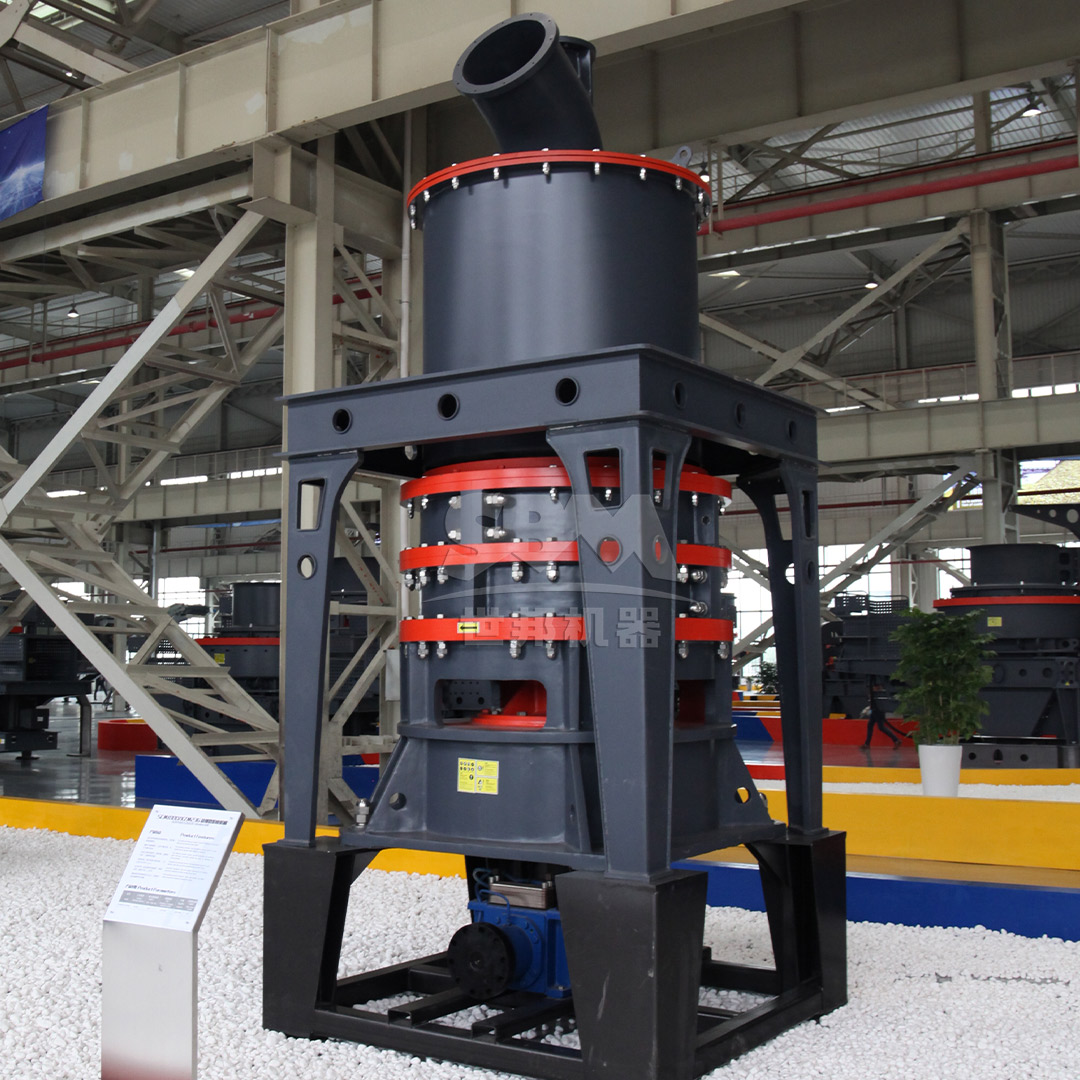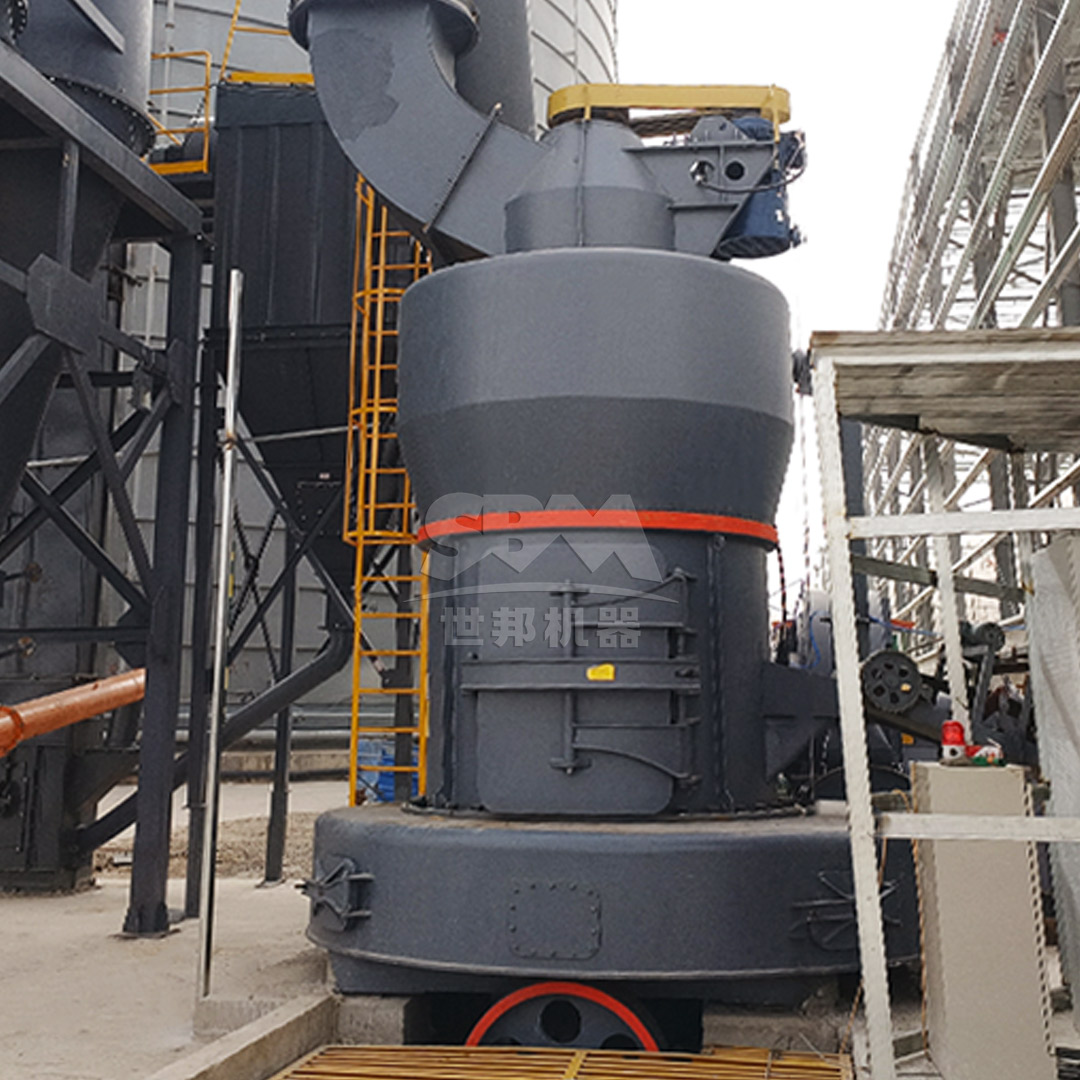Bauxite, as the primary source of aluminum, plays a crucial role in chemical processing industries. The efficiency of bauxite processing heavily depends on the grinding equipment used to achieve the required particle size distribution. Selecting the appropriate ultrafine mill is paramount for optimizing production efficiency, product quality, and operational costs. This comprehensive guide will walk you through the key factors to consider when choosing a bauxite ultrafine mill for chemical processing applications.
Bauxite ore consists primarily of aluminum hydroxide minerals, mixed with silica, iron oxide, titania, and other impurities. The chemical composition and physical characteristics vary significantly depending on the deposit location. Before selecting grinding equipment, it’s essential to analyze:
The grinding process must achieve optimal liberation of aluminum minerals while minimizing energy consumption and maintaining consistent product quality.
| Bauxite Property | Impact on Mill Selection | Recommended Approach |
|---|---|---|
| High Abrasiveness | Increased wear on grinding elements | Select mills with special wear-resistant materials |
| Variable Moisture | Affects flowability and grinding efficiency | Consider drying capabilities or pre-drying systems |
| High Silica Content | Increased power consumption | Choose energy-efficient grinding systems |
The required production capacity is one of the most critical factors in mill selection. Chemical processing plants typically operate continuously, requiring equipment that can maintain consistent output over extended periods. Consider both current needs and future expansion plans when evaluating capacity specifications.
Different chemical processes demand specific particle size distributions. For bauxite processing, the target fineness typically ranges from 325 mesh to 2500 mesh (45-5μm). The mill must consistently produce the required particle size with narrow distribution curves.

Grinding operations account for a significant portion of total energy consumption in mineral processing plants. Modern ultrafine mills should offer advanced energy-saving features, such as optimized grinding mechanisms, efficient classifiers, and intelligent control systems that minimize power consumption per ton of product.
Bauxite’s abrasive nature accelerates wear on grinding components. Equipment with specially designed wear parts, easy maintenance access, and reasonable spare part costs will significantly reduce downtime and operating expenses.
Chemical processing facilities must adhere to strict environmental regulations. The selected mill should feature effective dust collection systems, noise reduction technology, and minimal emissions to ensure compliance with international standards.
Vertical roller mills utilize a bed compression grinding mechanism where material is ground between a rotating table and grinding rollers. These systems offer excellent energy efficiency and are particularly suitable for medium to high capacity bauxite grinding applications.
Ring roller mills, also known as pendulum mills, employ multiple grinding rollers that rotate around a central axis while pressing outward against a stationary grinding ring. This configuration provides high grinding efficiency and is well-suited for producing fine and ultrafine bauxite powders.
Traditional ball mills use impact and attrition between grinding media (balls) and the material to achieve size reduction. While versatile, they are generally less energy-efficient for ultrafine grinding compared to more modern technologies.
For chemical processing applications requiring extremely fine bauxite powders, our SCM Ultrafine Mill represents the pinnacle of grinding technology. Specifically engineered for ultrafine applications, this mill delivers exceptional performance with output fineness ranging from 325 to 2500 mesh (D97≤5μm).
The SCM series incorporates several technological advancements that make it ideally suited for bauxite processing:
| Model | Capacity (ton/h) | Main Motor Power | Feed Size | Final Fineness |
|---|---|---|---|---|
| SCM800 | 0.5-4.5 | 75 kW | 0-20 mm | 325-2500 mesh |
| SCM900 | 0.8-6.5 | 90 kW | 0-20 mm | 325-2500 mesh |
| SCM1000 | 1.0-8.5 | 132 kW | 0-20 mm | 325-2500 mesh |
| SCM1250 | 2.5-14 | 185 kW | 0-20 mm | 325-2500 mesh |
| SCM1680 | 5.0-25 | 315 kW | 0-20 mm | 325-2500 mesh |
The working principle involves a main motor driving multiple grinding rings in layers. Material is dispersed into the grinding path by centrifugal force, undergoes progressive compression grinding through roller pressure, and is finally collected by a cyclone separator and pulse dust collection system.

For applications requiring slightly coarser bauxite powders or higher throughput capacities, our MTW Series Trapezium Mill offers an excellent balance of performance and efficiency. With output fineness from 30 to 325 mesh (up to 0.038mm) and capacities ranging from 3 to 45 tons per hour, this mill handles a wide spectrum of bauxite grinding requirements.
Key advantages of the MTW series for bauxite processing include:
The operational principle involves the main motor driving grinding rollers that revolve around the central axis while simultaneously rotating to generate centrifugal force. Shovels throw material between the grinding ring and rollers to form a material layer, achieving efficient crushing through compression, with the classification system precisely controlling final particle size.
| Parameter | SCM Ultrafine Mill | MTW Trapezium Mill | Ball Mill |
|---|---|---|---|
| Optimal Fineness Range | 325-2500 mesh | 30-325 mesh | 200-400 mesh |
| Energy Consumption | Lowest | Medium | Highest |
| Wear Part Life | Longest | Long | Medium |
| Noise Level | ≤75 dB | ≤85 dB | ≥90 dB |
| Footprint | Compact | Moderate | Large |
Proper mill installation begins with adequate foundation design capable of supporting dynamic loads and minimizing vibration transmission. The SCM series requires less space compared to traditional ball mills, reducing civil construction costs by approximately 40%.
Successful bauxite grinding operations depend on properly integrated auxiliary systems including:
Comprehensive operator training ensures optimal mill performance and safe operation. Modern mills like the SCM and MTW series feature advanced control systems that simplify operation while maintaining safety standards.

Implementing a structured preventive maintenance program extends equipment life and minimizes unplanned downtime. Key maintenance activities for bauxite ultrafine mills include:
The abrasive nature of bauxite necessitates careful wear part management. Our SCM and MTW mills feature specially formulated materials that extend service life, with comprehensive documentation providing expected life under various operating conditions.
Modern grinding mills incorporate monitoring systems that track key performance indicators including power consumption, throughput, product fineness, and bearing temperatures. This data enables predictive maintenance and optimization of operating parameters.
Selecting the appropriate bauxite ultrafine mill requires careful economic analysis considering both capital and operating expenses. Our SCM series demonstrates superior economics through:
The payback period for advanced grinding technology typically ranges from 12 to 24 months, depending on production volume and local energy costs.
Selecting the right bauxite ultrafine mill for chemical processing requires careful consideration of multiple technical, operational, and economic factors. The SCM Ultrafine Mill series stands out as the premier choice for applications demanding the finest particle sizes, while the MTW Trapezium Mill offers excellent performance for slightly coarser requirements. Both technologies deliver significant advantages in energy efficiency, product quality, and operational reliability compared to traditional grinding systems.
By understanding your specific production requirements, material characteristics, and economic objectives, you can make an informed decision that optimizes your bauxite processing operations for years to come. Our technical team remains available to provide personalized recommendations and support throughout the selection, installation, and operation of your bauxite grinding system.